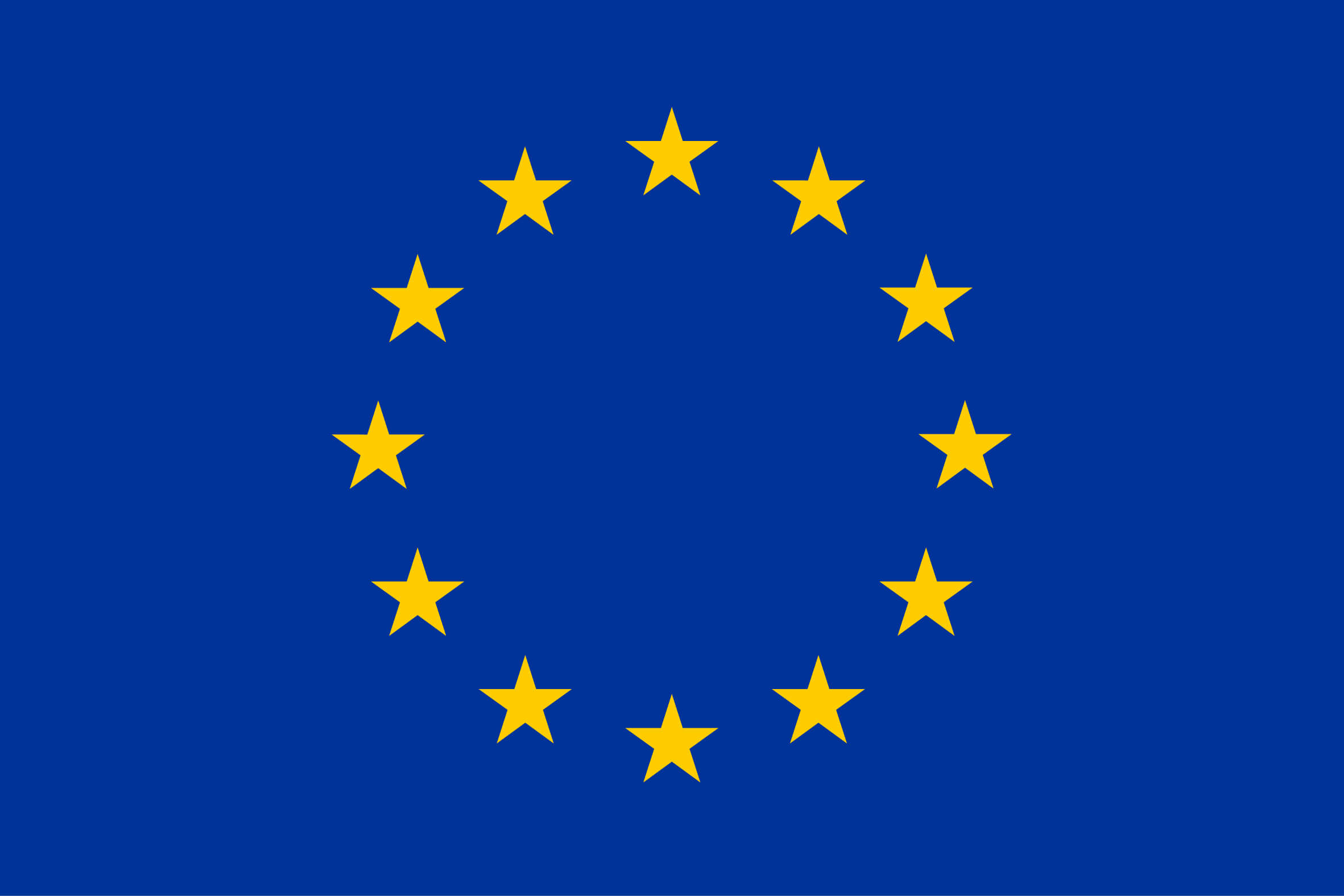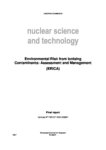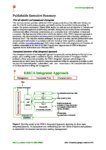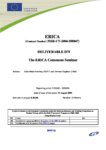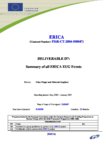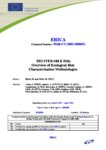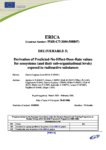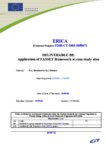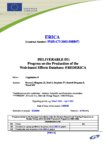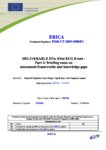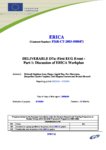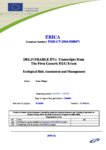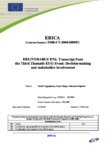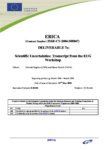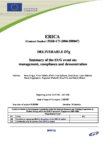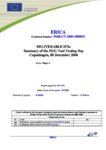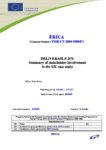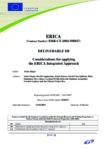ERICA: Environmental Risk from Ionising Contaminants: Assessment and Management
The ERICA (Environmental Risk from Ionising Contaminants: Assessment and management) project was a three year project to provide an integrated approach to the assessment and management of environmental risks from ionising radiation.
Overview
Project Dates: 01/03/2004 – 28/02/2007
Project Status: Closed
Website: www.erica-project.org (now taken down)
Ionising radiation can have a number of adverse effects on the environment. Accurate assessment of the environmental risks of ionising radiation forms an important part of the safety case of a geological disposal facility (or indeed any nuclear facility).
ERICA was a three year project designed to support efforts to assess the environmental impact of ionising radiation and to protect the environment from the harmful effects of ionising radiation. The project continued and broadened the earlier FASSET (Framework for Assessment of Environmental Impact) and EPIC (Environmental Protection from Ionising Contaminants in the Arctic) projects.
The objective of ERICA was to provide an integrated approach to scientific, managerial and societal issues concerned with the environmental effects of contaminants emitting ionising radiation, with emphasis on biota and ecosystems. This was realised in the final outcome of the project, the ERICA integrated approach to assessment and management of environmental risks from ionising radiation.
Objective
The objective of ERICA was to provide an integrated approach to scientific, managerial and societal issues concerned with the environmental effects of contaminants emitting ionising radiation, with emphasis on biota and ecosystems.
ERICA was divided into five Work Packages (WPs), each with their own objectives that together would enable the delivery, at the end of the project, of the ERICA integrated approach to assessment and management of environmental risks from ionising radiation.
The work package objectives were:
- WP1 – to provide an assessment tools.
- WP2 – to provide risk characterisation methodologies for ecologically meaningful estimates of risk.
- WP3 – to provide managerial guidance together with stakeholder involvement, to support the protection of the environment from ionising radiation.
- WP4 – to apply and test, in case-study scenarios for different sites, the assessment methodologies.
- WP5 – to provide the general management and progress assessment to the project.
Results
The objectives of each work package were achieved as follows:
- WP1 – to provide an assessment tool. The project delivered the ERICA assessment tool (availible at https://erica-tool.com/) which is a software programme that guides the user through the assessment process, keeps records, and performs the necessary calculations to estimate dose rates to selected biota. In addition, WP1 further developed the FASSET Radiation Effect Database, delivering an improved dose-effect database called FREDERICA that is used by the ERICA tool.
- WP2 – to provide risk characterisation methodologies for ecologically meaningful estimates of risk. This was achieved through taking into account knowledge developed under WPs 1, 3 and 4 and by theoretical considerations of extrapolation and scaling issues. Experiments on daphnia and earthworms were used to support the method to take individual-to-population extrapolations into account.
- WP3 – to provide managerial guidance together with stakeholder involvement, to support the protection of the environment from ionising radiation. An end-users group (EUG) was created with 52 international and national organisations from Europe, Australia, Canada, Japan and the USA. A number of stakeholder dialogue methodologies were used to gather information based on end-users’ experience, expertise and opinion. The EUG provided valuable feedback and testing of the ERICA tool and inputs to other work packages.
- WP4 – to apply and test, in case-study scenarios for different sites, the assessment methodologies. This WP considered methodologies developed both under the FASSET project and the integrated approach developed under ERICA, providing feedback on data gaps and problems needing consideration in ERICA.
- WP5 – to provide the general management and progress assessment to the project. This WP encompassed management of the ERICA project and delivered progress assessments as well as the final deliverable of the project, the ERICA integrated approach.
These work packages all supported the overall objective of the project, to deliver the ERICA integrated approach to assessment and management of environmental risks from ionising radiation.
The ERICA integrated approach advises the user on how to formulate the problem (involving stakeholders if appropriate), perform an impact assessment, and evaluate data. It outlines the issues and options available to the user (and requiring decisions) before, during, and after assessment. The approach is supported by the ERICA tool developed in WP1.


